Description
Dental Articulator
Dental articulators are essential instruments in prosthodontics, orthodontics, and oral surgery. These mechanical devices simulate the movements of the temporomandibular joint (TMJ), allowing dentists and technicians to replicate and study the occlusal relationship between the upper and lower jaws. Acting as a substitute for the patient’s jaw, an articulator ensures precise analysis and fabrication of restorations outside the mouth.
Design and Types
-
Hinge articulators – replicate simple opening and closing jaw movements.
-
Semi-adjustable articulators – allow adjustments in condylar inclination and intercondylar distance for greater accuracy.
-
Fully adjustable articulators – replicate complex mandibular movements including protrusive and lateral excursions, ideal for advanced restorative cases.
-
Digital/virtual articulators – use computer software and digital imaging to simulate jaw movements with high precision and efficiency.
Primary Functions
-
Replicates jaw movements – simulates mandibular motion in relation to the maxilla.
-
Ensures proper occlusion – helps design restorations that fit and function naturally.
-
Supports treatment planning – aids in diagnosis and previewing occlusal adjustments.
-
Assists in appliance fabrication – essential for crowns, bridges, dentures, and orthodontic devices.
Clinical Benefits
-
Improves accuracy in restorative and orthodontic treatments.
-
Reduces chairside adjustments by ensuring correct occlusion.
-
Enhances patient comfort and long-term oral function.
-
Offers versatility with both mechanical and digital systems.
Summary
Dental articulators are indispensable tools that replicate TMJ movements and occlusal relationships, making them vital for prosthodontics, orthodontics, and restorative dentistry. Available in hinge, semi-adjustable, fully adjustable, and digital models, articulators provide precision, efficiency, and versatility. By ensuring accurate occlusion and functional restorations, they contribute significantly to successful treatment outcomes.


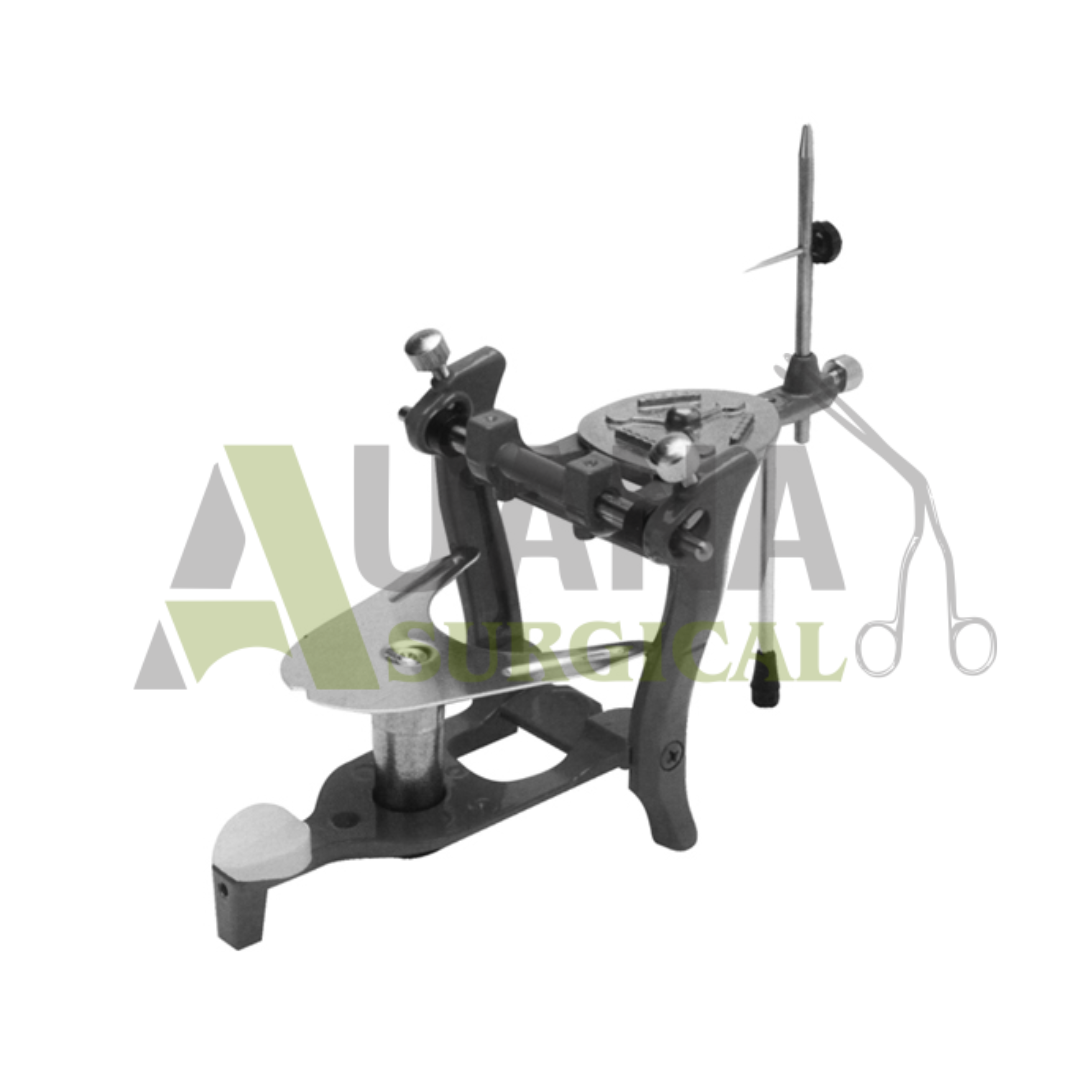
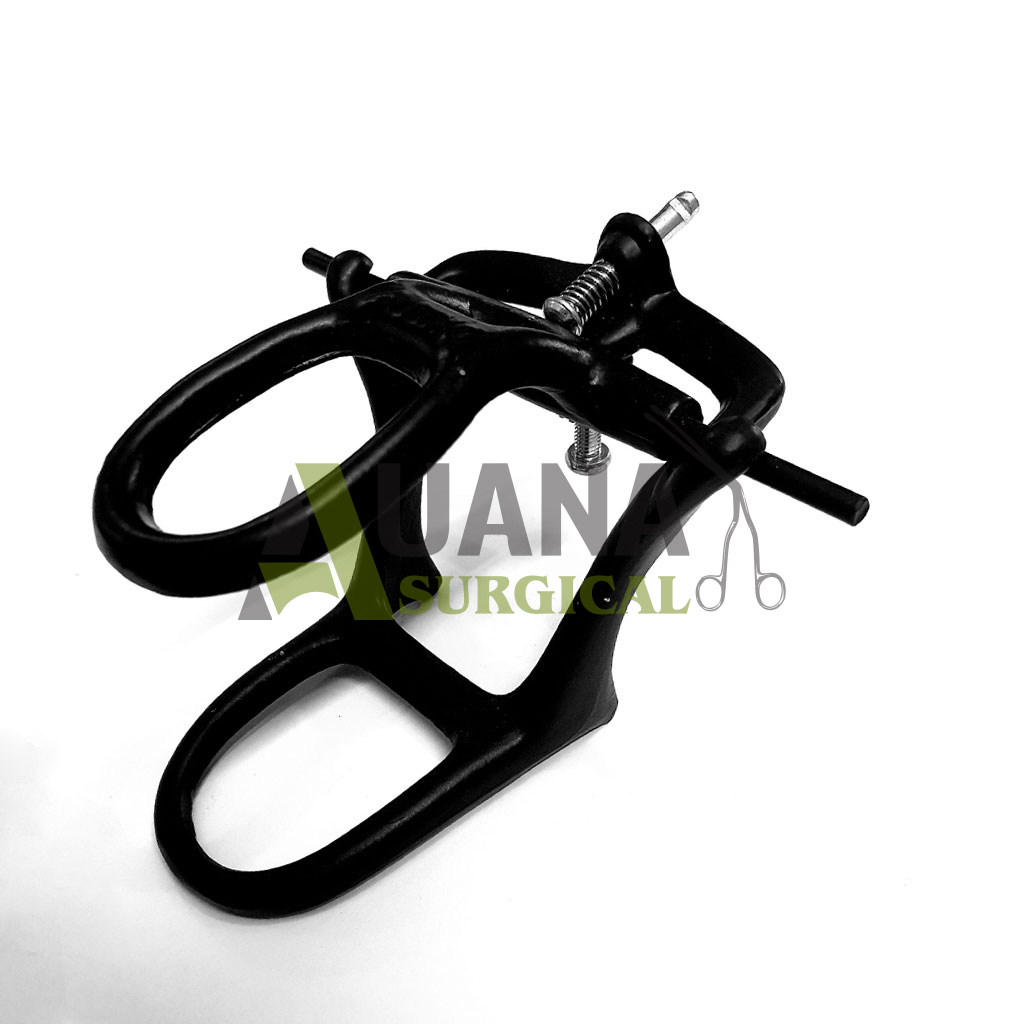
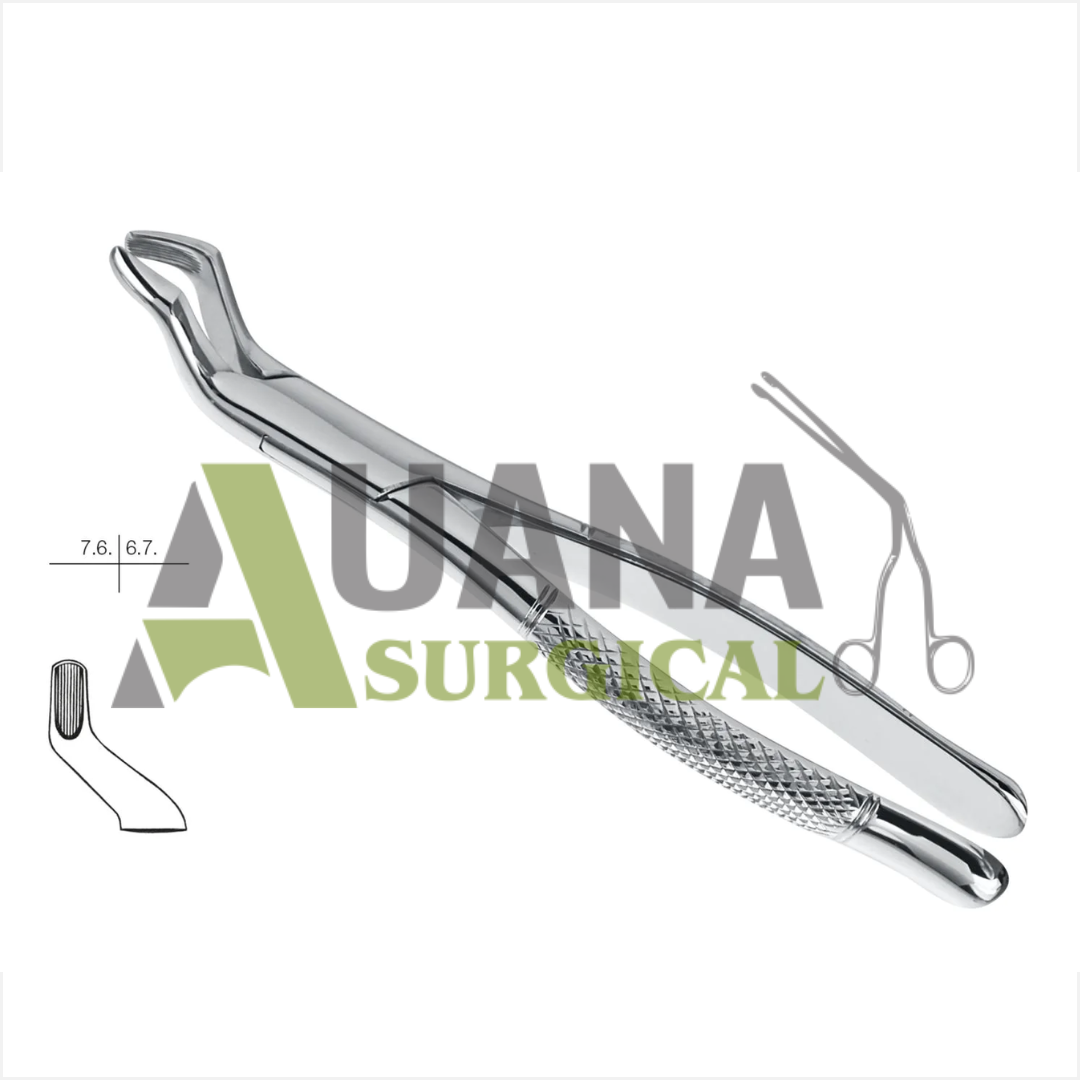
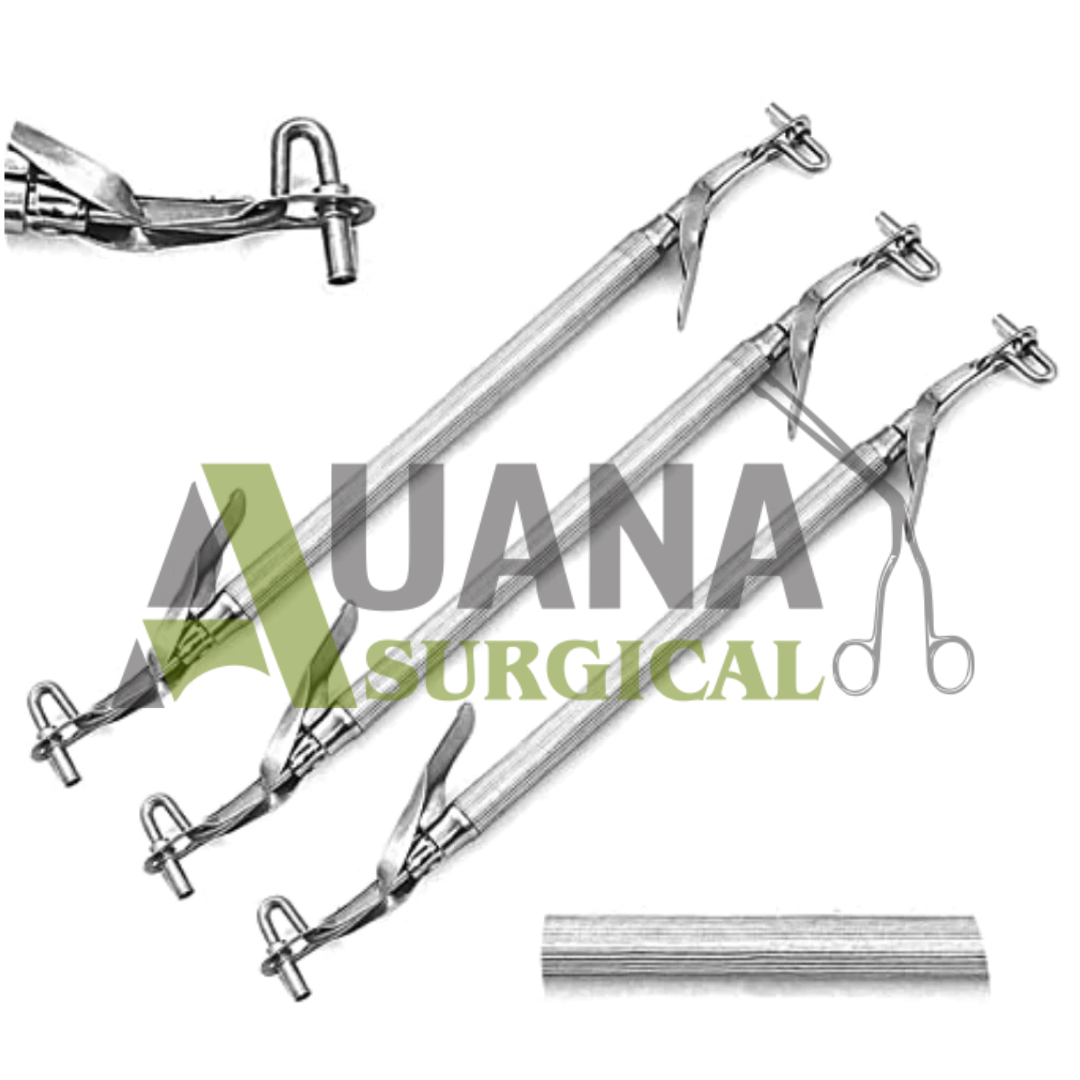
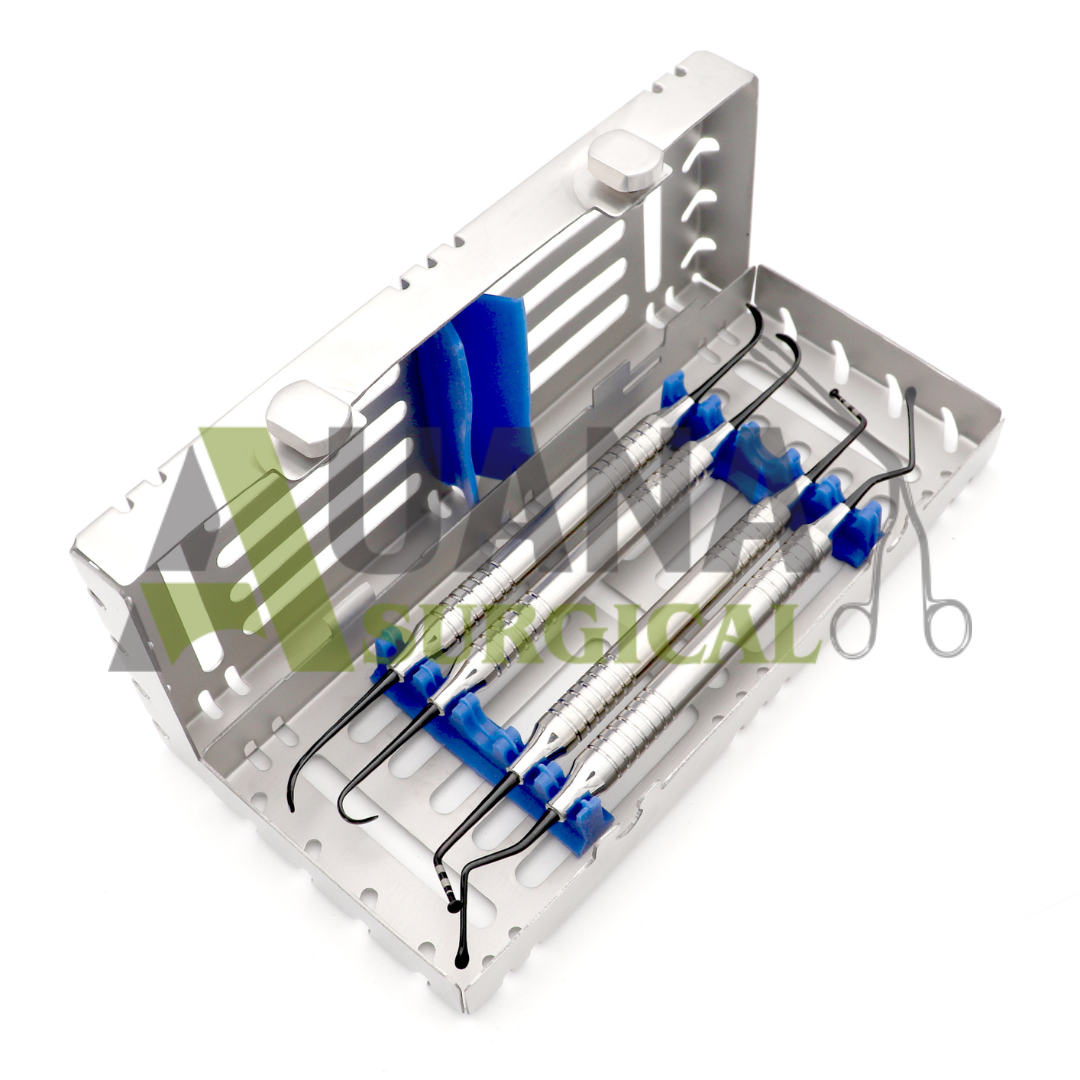
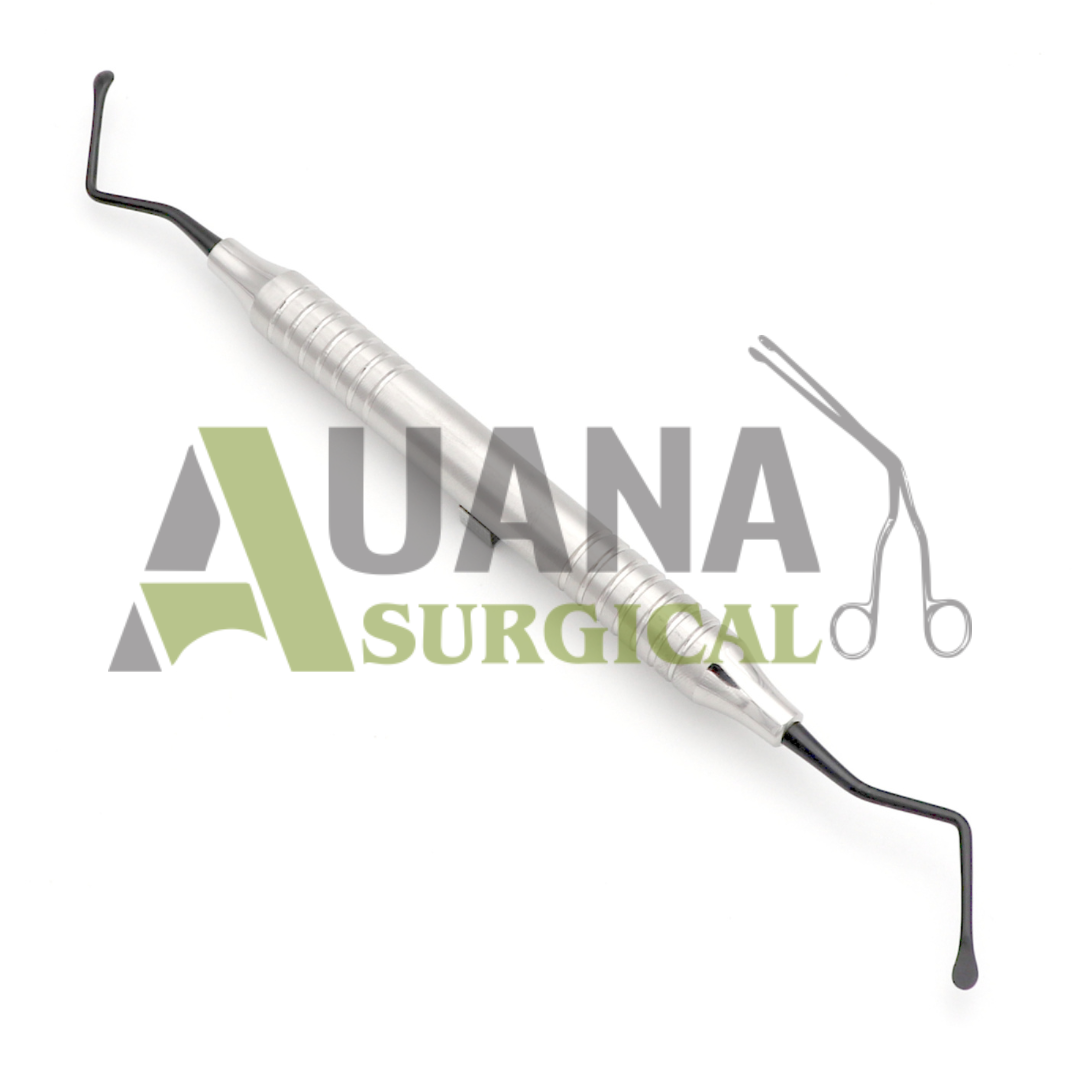
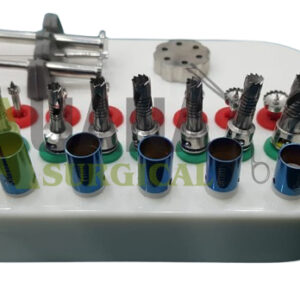
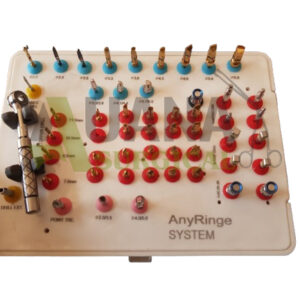
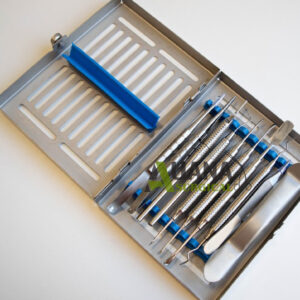
Reviews
There are no reviews yet.